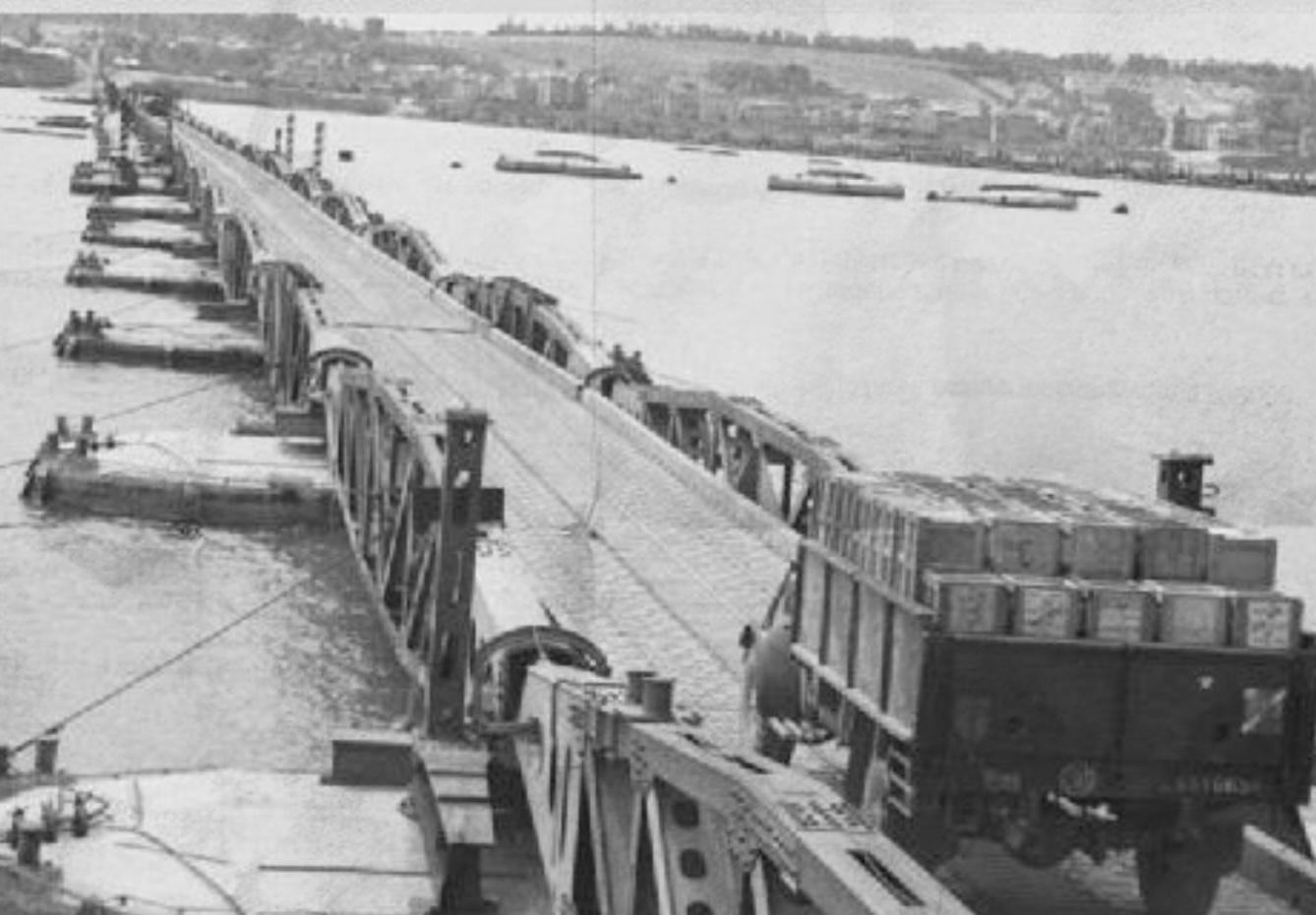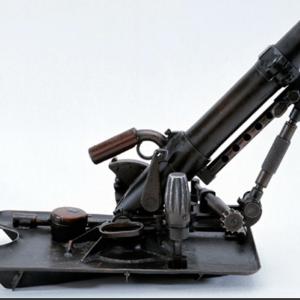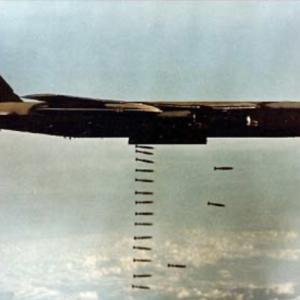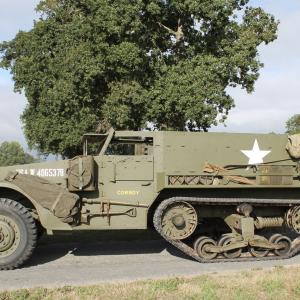
Mulberry harbours
The Mulberry Harbours were an innovative Allied engineering solution developed during World War II to facilitate the landing of troops, vehicles, and supplies on the beaches of Normandy following the D-Day invasion on June 6, 1944. With major ports heavily fortified or unavailable, the Allies needed a way to establish supply lines without immediate access to a deep-water harbor. The answer was to construct artificial harbours that could be towed across the English Channel and rapidly assembled off the coast of France.
The idea of constructing a floating, modular harbour was first proposed many years earlier by Winston Churchill during World War I. Though the idea was never implemented at that time, it resurfaced during the planning for Operation Overlord in 1943. At the Quebec Conference that year, Allied leaders, including Churchill and Franklin D. Roosevelt, approved the plan to build artificial harbours.
Design and development were carried out in secrecy by a coalition of British engineers, naval officers, and military planners. Brigadier Sir Bruce White played a key role in coordinating the engineering design. Hugh Iorys Hughes, a civil engineer from Wales, developed the design for the massive concrete caissons, known as Phoenix units, which would act as the main breakwaters. Allan Beckett, a young naval engineer, designed the floating roadways called Whales, which connected the piers to the shore and allowed vehicles to drive from ships directly onto land. His innovative pontoon supports, called Beetles, allowed the floating roads to adjust with the tide. Other contributors included Major General D.J. Wilson, who supervised coordination between military and civilian construction efforts.
The Mulberry project involved designing an entire system composed of multiple interdependent parts. These included breakwaters to calm the sea, piers for docking ships, floating roads for transporting vehicles, and scuttled ships for added protection. Two complete Mulberry harbours were constructed: Mulberry A for the American landing at Omaha Beach, and Mulberry B for the British landing at Gold Beach near Arromanches.
Prototype testing was conducted in locations across southern England to evaluate the structures’ performance under various sea and weather conditions. The final versions were refined based on these tests, and full-scale construction began in the months leading up to the invasion.
Building the Mulberry Harbours required vast coordination across Britain. Construction was carried out by a combination of military engineers, private contractors, and thousands of civilian workers. British construction companies, including Costain and Holloway Brothers, were responsible for fabricating the concrete caissons and other major components. The Royal Engineers managed overall coordination, while the U.S. Navy’s Construction Battalions, known as Seabees, provided additional manpower and technical expertise during the deployment phase.
The harbours were built from a variety of specialized components. The Phoenix caissons were immense concrete blocks, each weighing several thousand tons, which were towed across the Channel and sunk in a prearranged pattern to form a protective sea wall. These were supplemented by old, decommissioned ships that were deliberately sunk to form additional barriers—these were called Gooseberries. Floating steel structures called Bombardons were also positioned offshore to reduce wave energy before it reached the inner harbour.
The key innovation in the Mulberry design was the floating roadway system. These long, steel causeways, known as Whales, were supported by pontoons (Beetles) and extended from anchored pierheads out to sea. The pierheads themselves, called Spuds, were fixed platforms supported by adjustable vertical legs that could raise or lower to accommodate tidal changes. Ships docked at the Spuds, and cargo was transferred over the Whales to vehicles waiting on the beach.
Deployment began immediately after the initial D-Day landings. The components were towed across the English Channel by tugs and assembled by engineers under combat conditions. Mulberry A was established off Omaha Beach for American forces, while Mulberry B was positioned at Arromanches for British and Canadian forces.
A severe storm struck the Normandy coast on June 19, 1944, destroying much of Mulberry A. The American forces had to revert to beach landings and quickly constructed makeshift unloading systems. In contrast, Mulberry B at Arromanches was better sheltered and remained operational for nearly ten months. It became a critical supply route, handling more than 2.5 million soldiers, 500,000 vehicles, and over 4 million tons of cargo during that time.
The Mulberry Harbours represented one of the most ambitious and successful engineering projects of the Second World War. Their rapid deployment and effectiveness ensured the success of the Allied invasion and contributed significantly to the liberation of Western Europe. Remains of Mulberry B can still be seen off the coast of Arromanches today, serving as a lasting monument to the ingenuity and determination of those who built and used them.










